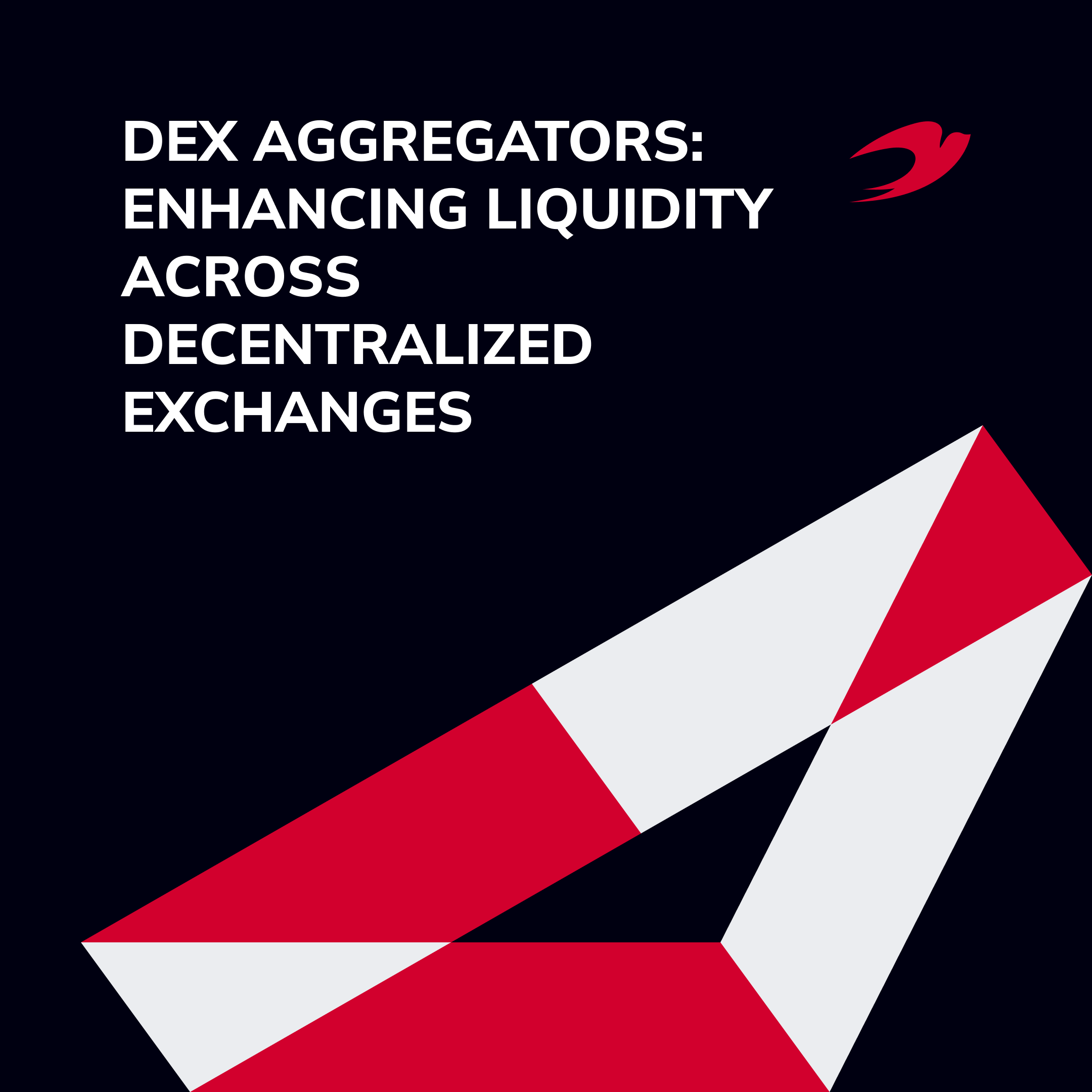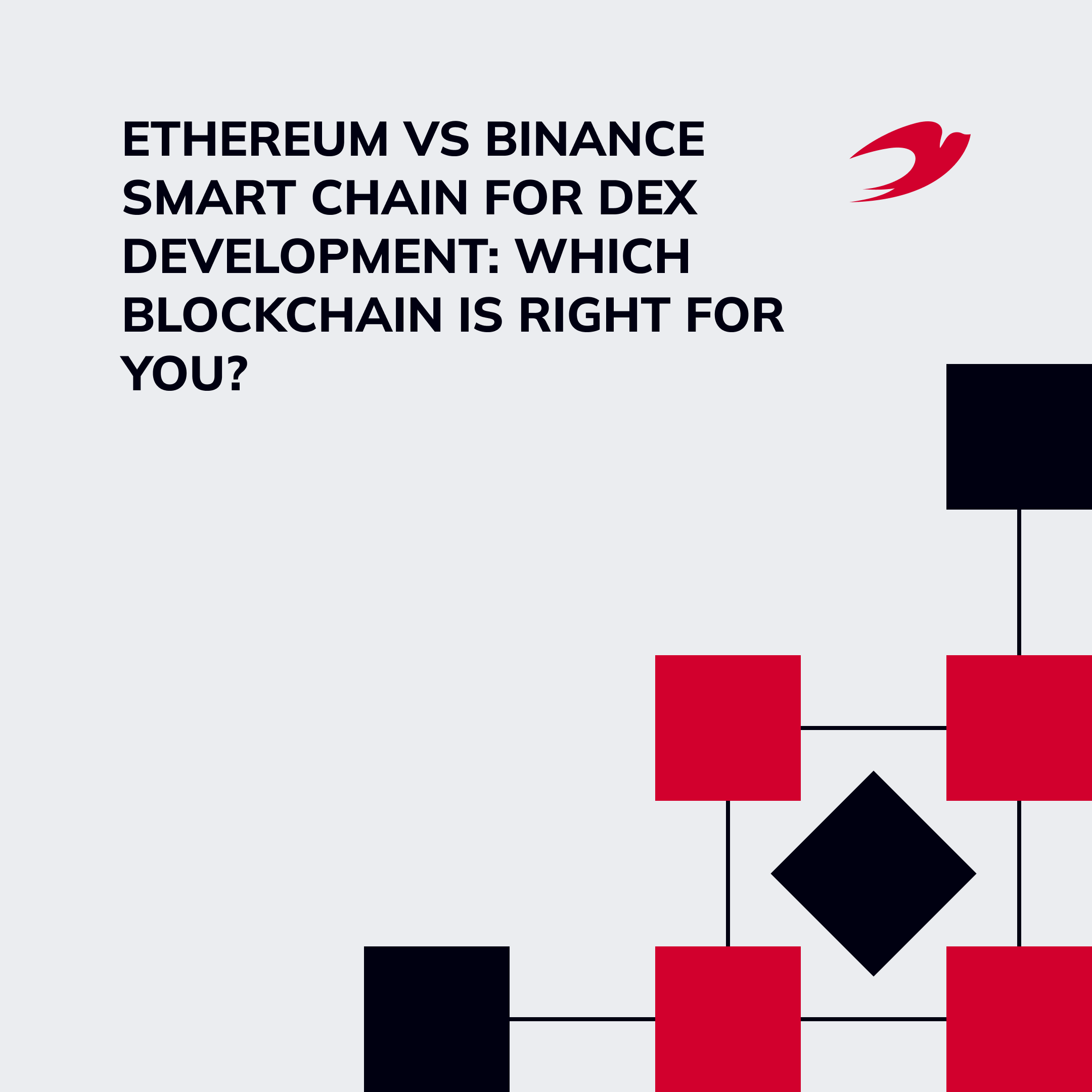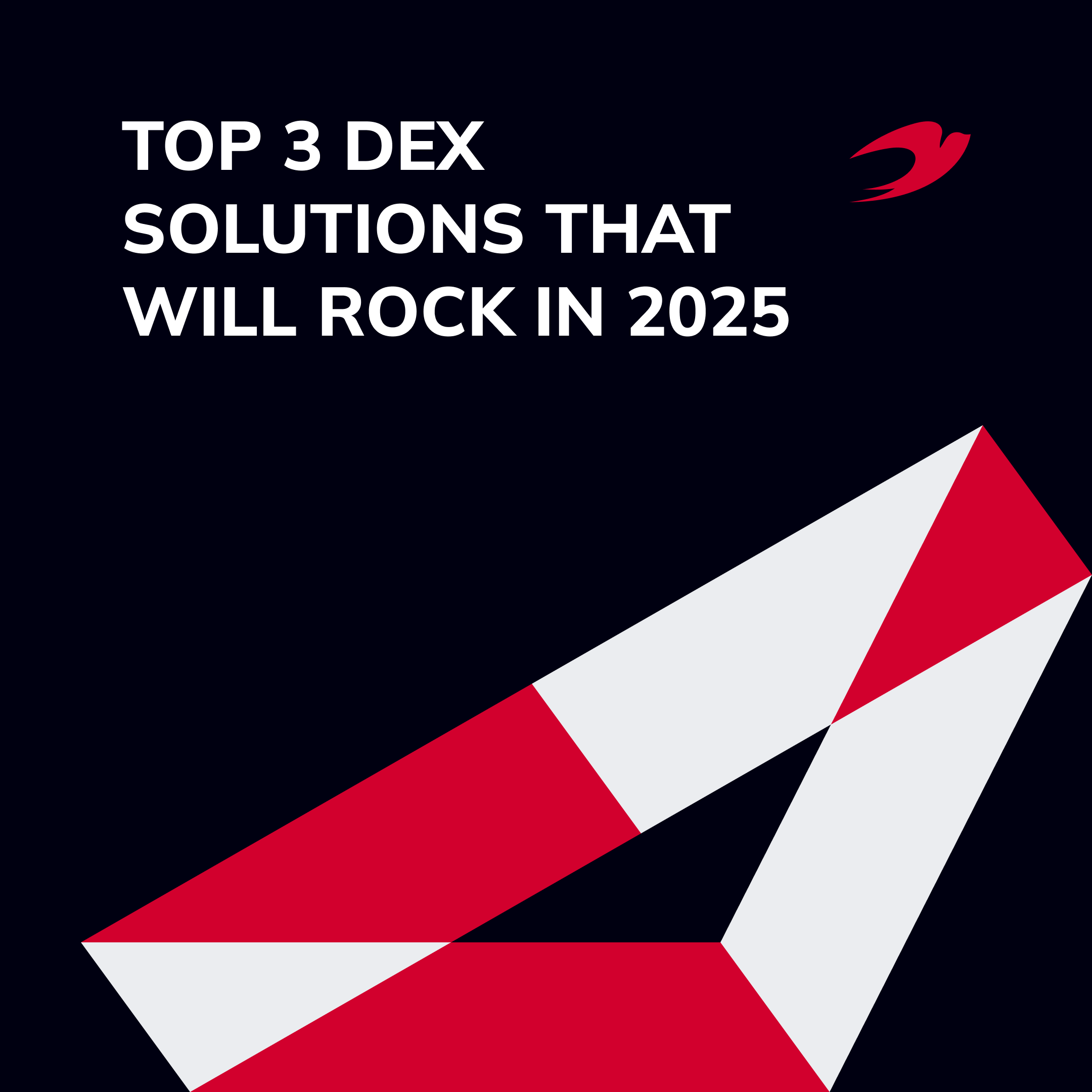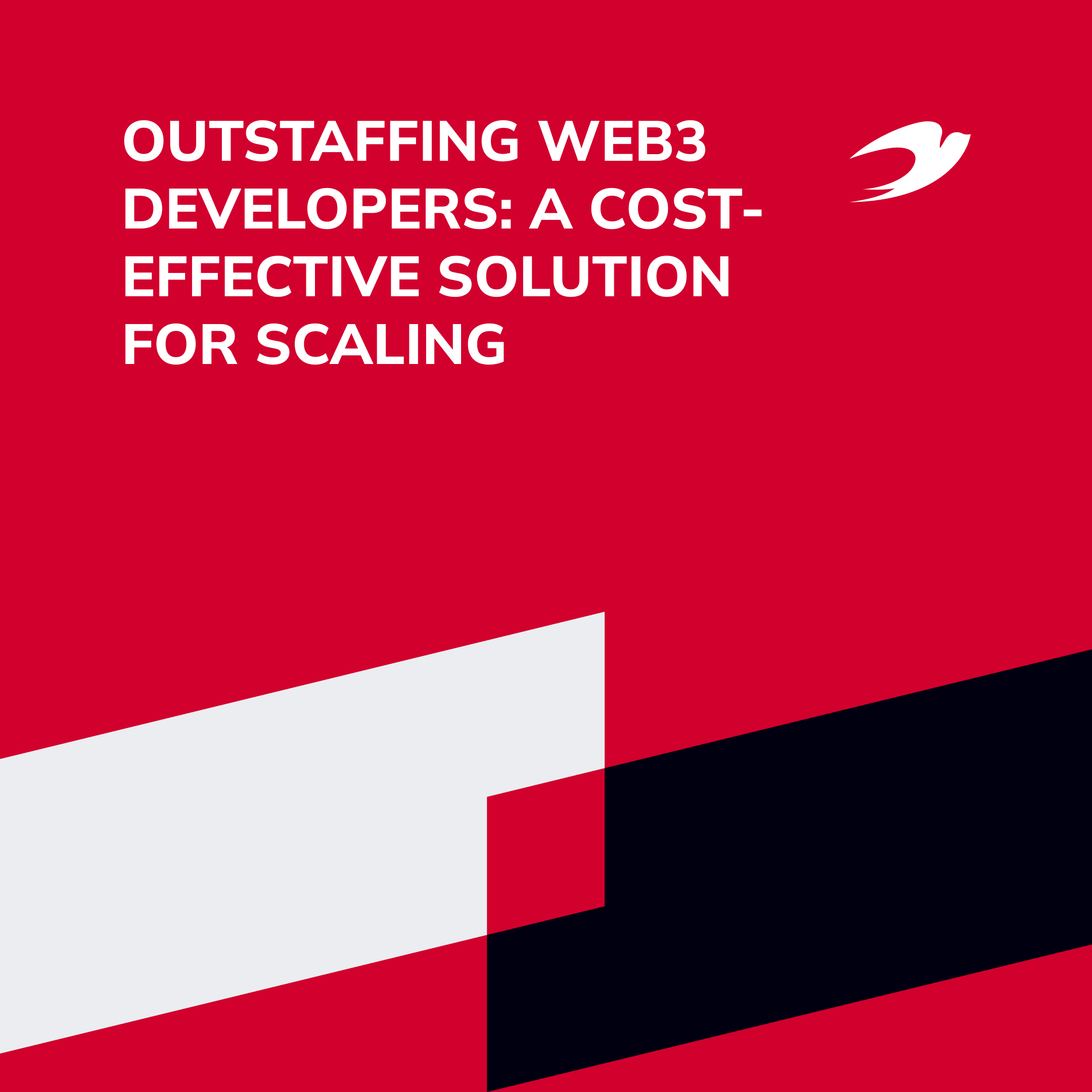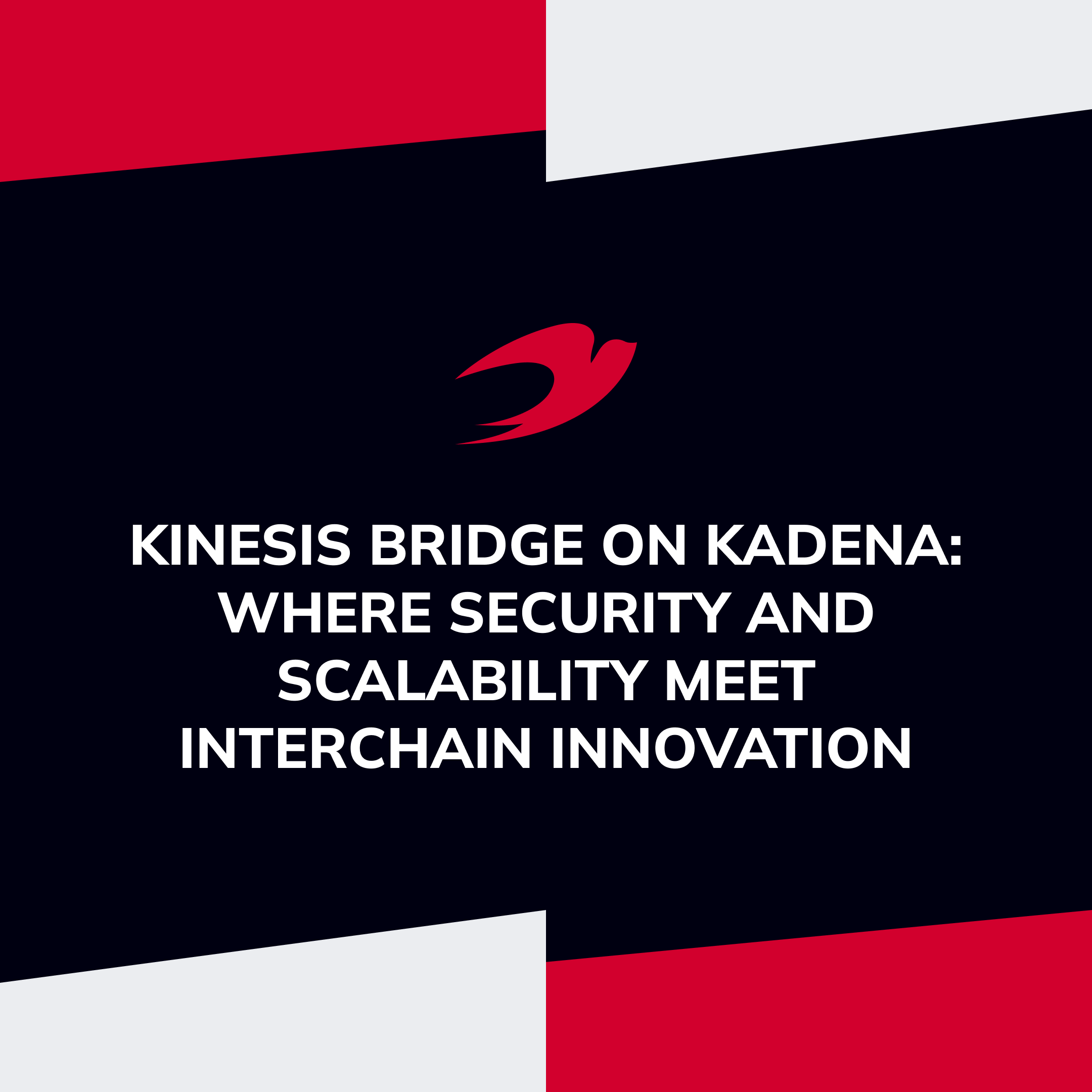Did you know that 78% of IT companies faced talent shortages in the previous year, as these survey results say. Another report says that IT specialists will be especially hard to find within the USA in the first quarter of 2024 — #1 by difficulty compared to all other specialists. This growing trend highlights a critical challenge: finding the right tech talent locally is becoming harder than ever.
For decision-makers like CTOs and project leads, the struggle is real. The shortage of skilled professionals often leads to delays, while collaboration with remote teams can bring its own set of obstacles. Add hidden costs and compliance risks into the mix, and the path to successful outstaffing seems steep.
But it doesn’t have to be. This article will describe the IT challenges associated with offshore outstaffing along with solutions to outstaffing problems. After our article, you will easily answer: “Which of the following is a challenge to outstaffing? No, that isn’t a problem!”
Outstaffing doesn’t have to be a headache!
Discover smart solutions to the most common challenges and hire with confidence
Table of contents:
- Top 5 Challenges in IT Outstaffing
- Strategies to Overcome IT Outstaffing Challenges
- What’s Different in Overcoming Web3 Outstaffing Pitfalls?
- Conclusion
Top 5 Challenges in IT Outstaffing
Outstaffing is a powerful tool for scaling your IT projects, but it’s not without its challenges. Below, we explore the most common IT outstaffing challenges decision-makers face and actionable strategies to address them.
Cultural Differences and Communication Barriers
When teams are spread across different countries, cultural differences can seriously impact communication styles, workflows, and decision-making processes. For instance, in some cultures, employees might avoid directly addressing issues, while others may expect immediate and candid feedback.
How it affects projects:
- Delayed decision-making due to indirect communication;
- Misunderstandings about deadlines, deliverables, or responsibilities;
- A lack of trust and cohesion within the team.
During some blockchain project, we worked with a team from multiple regions. We noticed that team members from some cultures hesitated to provide negative feedback. This led to delays in identifying and addressing bugs in the early stages. We bridged the gap by introducing anonymous feedback forms, hosting weekly cross-cultural workshops, and improving collaboration.
Time Zone Disparities and Scheduling Conflicts
Coordinating tasks across different time zones can lead to bottlenecks particularly when critical decisions require immediate input. This becomes more complicated for projects that rely on real-time collaboration.
How it affects projects:
- Delays in approvals or responses;
- Team members work outside regular hours, leading to burnout;
- Inefficient workflows due to misaligned schedules.
Tip from IdeaSoft team. Define overlapping work hours for key tasks. For instance, we ensure a minimum of 2-3 hours of overlap daily to address critical dependencies. For asynchronous tasks, detailed documentation and clear instructions are crucial.
Quality Assurance and Accountability Issues
Maintaining consistent quality and ensuring accountability across remote teams is a major concern for decision-makers. Projects can veer off track without proper oversight, resulting in delays, increased costs, or subpar outcomes.
How it affects projects:
- Difficulty in tracking progress and identifying bottlenecks;
- Lower quality deliverables due to lack of regular oversight;
- Frustration among stakeholders when issues aren’t addressed promptly.
Our insight. Quality isn’t a one-time effort—it’s an ongoing process of refinement that demands structured methodologies and proactive monitoring. We recommend you read our cutting software development cost tips, which prove accountability is a must.
Retention and Continuity Challenges in Remote Teams
High turnover in remote teams can disrupt project continuity, especially when key team members leave mid-project. This often results in knowledge loss and delays, as new hires take time to onboard.
How it affects projects:
- Disruption in workflows due to sudden departures;
- Time and resources spent on re-hiring and onboarding;
- Loss of institutional knowledge, impacting long-term success.
Our structured retention strategies and knowledge transfer protocols allow us to maintain a 95% retention rate in our remote teams. Your projects progress smoothly without interruptions.
Our insight. Retention begins with respect—valuing team members’ contributions and ensuring they have the resources to succeed fosters long-term collaboration.
Legal and Compliance Risks in Global Hiring
Hiring internationally involves navigating complex legal frameworks. This includes labor laws, tax regulations, and protection of intellectual property (IP). Failure to address these can lead to legal disputes, fines, or even project shutdowns.
How it affects projects:
- Exposure to legal risks if contracts don’t comply with local laws;
- Challenges in protecting sensitive data and IP rights;
- Increased administrative burden in managing international regulations.
Our structured onboarding and compliance processes eliminate 90% of the risks associated with IT outstaffing. By handling legal complexities upfront, we allow clients to focus on innovation without worrying about compliance issues.
Our insight. Navigating legal complexities requires expertise. Working with a trusted partner ensures compliance and peace of mind.
When managed effectively, the challenges of outstaffing can be turned into opportunities for growth and innovation. At IdeaSoft, we specialize in helping businesses overcome outstaffing obstacles. Our IT outstaffing company aims to help you focus on what you do best: building great products.
Struggling to find top tech talent?
Learn how to overcome the biggest outstaffing challenges and build a strong remote team
Strategies to Overcome IT Outstaffing Challenges
Addressing the challenges of IT outstaffing requires a combination of the right tools, structured processes, and a flexible mindset. Below, we detail actionable solutions to outstaffing that ensure smooth workflows and project success.
Keep Track of Documentation
Clear and comprehensive documentation is the foundation of a successful outstaffing project. It is the single truth source for workflows, coding practices, and project progress.
How it works. When working with a dispersed team, gaps in documentation can lead to confusion and inefficiencies. At IdeaSoft, solve this outstaffing problem from the start. We emphasize maintaining a centralized repository using tools like Confluence or Notion. This repository includes:
- Detailed project requirements;
- Meeting notes and decisions;
- Guidelines for coding standards and workflows.
Comprehensive documentation keeps the entire team aligned, even as members change or join mid-project.
Use Project Management and Collaboration Tools
Managing a remote team without robust tools can lead to missed deadlines, untracked progress, and reduced accountability.
How it works. Tools like Jira, Asana, or Monday.com are essential for tracking tasks and timelines. Collaboration platforms like Slack or Teams ensure real-time communication and keep everyone connected.
The right tools ensure everyone knows their responsibilities and how their work fits into the larger picture.
Build a Structured Onboarding
Onboarding remote team members effectively can make or break project momentum. Without a structured process, new hires may take weeks to become productive.
How it works. IdeaSoft’s onboarding process includes:
- Providing detailed project overviews;
- Setting up accounts and granting access to necessary tools;
- Pairing new members with mentors for their first 30 days.
For a recent project, we onboarded 10 developers within a week using our structured onboarding framework. By assigning mentors and providing clear training materials, we avoided typical ramp-up delays and delivered the MVP on time.
Structured onboarding accelerates productivity, builds team cohesion, and minimizes disruptions.
Invest in Cybersecurity and Compliance Tools
Global outstaffing involves handling sensitive data across borders. Security must be prioritized.
How it works. We implement enterprise-grade security measures, including:
- End-to-end encryption for communication tools;
- Compliance with global standards like GDPR and ISO;
- Regular audits to identify and address vulnerabilities.
Strong cybersecurity practices build trust with clients and protect the integrity of the project.
Be Flexible and Agile
Flexibility is key to navigating the inevitable uncertainties of outstaffing. Whether it’s adjusting to time zone challenges or accommodating cultural differences, agility ensures your team remains resilient.
How it works. Here is what we recommend you:
- Adopt Agile methodologies for iterative development;
- Establish clear sprint goals with regular check-ins to assess progress;
- Be open to feedback and adapt plans as needed.
While working on a Web3 marketplace, our team encountered mid-project changes in client requirements. By leveraging Agile practices, we reprioritized sprints and adjusted resources, delivering the final product without extending the timeline.
What’s Different in Overcoming Web3 Outstaffing Pitfalls?
Web3 projects introduce unique outstaffing challenges compared to traditional IT outstaffing. We know how to hire remote blockchain developers. The decentralized nature of blockchain technology, coupled with the need for expertise in smart contracts and cryptographic protocols, demands comprehensive approaches. So, unique challenges in Web3 outstaffing include:
- Blockchain-specific tasks. Tasks like designing tokenomics, deploying smart contracts, and managing nodes demand specialized knowledge and skills. Missteps can lead to security vulnerabilities or non-compliance with standards.
- Rapidly evolving ecosystem. Web3 technologies and standards are continually changing. It is essential for teams to stay updated and adaptable.
- Security risks. With millions of dollars often at stake in Web3 projects, security is a primary concern. Issues like smart contract vulnerabilities can cause irreparable damage.
Web3 projects demand deeper specialization, ongoing education, and robust security practices. Here is the comparison of Web3 developers outstaffing vs. traditional IT outstaffing.
| Aspect | Web3 Outstaffing | Traditional IT Outstaffing |
| Skills Required | Blockchain protocols, smart contracts, cryptography, tokenomics. | General programming, database management, DevOps. |
| Security Measures | Smart contract audits, decentralized security protocols. | Standard encryption, network security. |
| Tools | MythX, Slither, Truffle, Hardhat. | Jira, GitHub, Jenkins. |
| Training Needs | Regular updates on blockchain standards and trends. | General technical training. |
| Project Management | Agile, with a focus on decentralized workflows and token lifecycle. | Agile, Scrum, or Waterfall methodologies. |
| Regulatory Compliance | Adherence to GDPR, FATF crypto regulations, and local blockchain laws. | Standard data privacy and labor laws. |
| Onboarding Challenges | Familiarizing team members with blockchain networks and decentralization principles. | Introducing team members to company-specific workflows. |
Contact our experts to outstaff your Web3 team!
Conclusion
When it comes to Web3 projects, the stakes are higher. The need for blockchain expertise, smart contract security, and adherence to evolving regulations makes selecting the right outstaffing partner crucial. By working with a provider like IdeaSoft, businesses can navigate these IT outstaffing risks and challenges with confidence. With us and our IT outstaffing insights, your projects will meet the highest standards of quality and innovation.
Need a reliable partner for IT outstaffing? Let’s Talk
